Vimoutiers to Lisieux
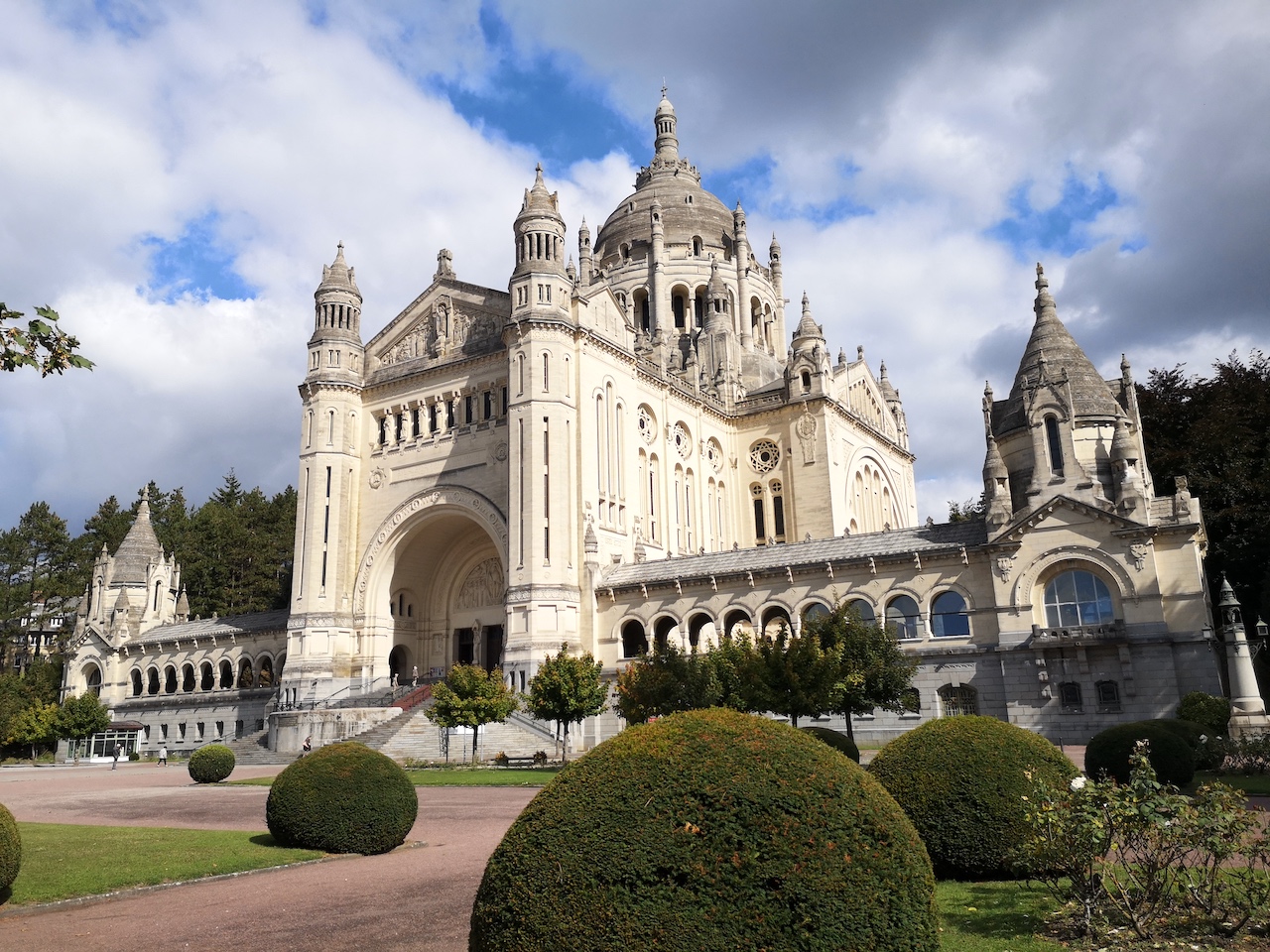
Normandie
10. Vimoutiers to Lisieux
Difficult
8h
31,6km
+305m
-354m
Step
Embed this item to access it offline
After a short, gentle climb, the Via Columbani descends for 13 km to Le-Mesnil-Durand. This is followed by two climbs and the rapid descent to Lisieux.
8 points of interest

L’église Notre-Dame à Vimoutiers - Amis de saint Colomban TouristNotre-Dame de l'Assomption Church in Vimoutiers
The new church of Vimoutiers, built at the end of the 19th century, is a neo-Gothic building. It replaces the 16th century church, which was already enlarged but became too small due to the town's expansion in the 19th century. It was built between 1888 and 1896, and its dimensions and decoration bear witness to the ambition of its builders.
Its two spires reach for the sky and its construction, made of granite, limestone and ashlar, has resisted the onslaught of time and the bombing of the city on 14 June 1944, which pulverised the stained glass windows. The town of Vimoutiers asked the master glassmaker of Chartres, Gabriel Noire, famous for his stained-glass windows with reinforced cement crimping to replace the traditional lead.
The church's stained glass windows tell the story of Normandy and the Pays d'Auge: the Vikings, the monks of Jumièges, Joan of Arc, the Camembert, etc.
The MH listed organ, the last organ created by Aristide Cavaillé-Coll (the twin of this organ, built at the same time, is in Moscow). It is the largest organ in the Orne department (3 manuals, 1800 pipes). Aristide Cavaillé-Coll built 499 organs, including the one in the church of Notre-Dame de Paris.
The organ was restored in 2018.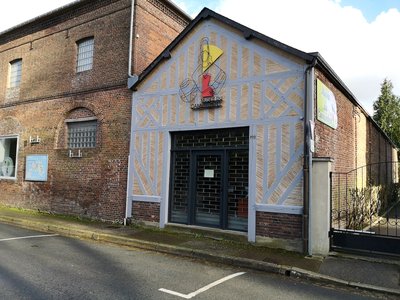
Vimoutiers-Le Musée du Camembert - Amis de saint Colomban CulturalCamembert Museum in Vimoutiers
The Camembert of Normandy, this emblematic product of Normandy and French gastronomy, known worldwide, has had an Appellation d'Origine Contrôlée (AOP) since 1983.
Today, the production of this genuine Camembert of Normandy, meeting the precise specifications of the PDO, is carried out by a dozen producers, including only two farmers.
The Vimoutiers Camembert Museum, in the heart of Normandy, offers you the opportunity to discover the secrets of making this world-famous product.
The Camembert Museum is also thinking of your taste buds, as it offers you a tasting of PDO Normandy Camembert accompanied by a glass of apple juice or organic cider.
To visit the museum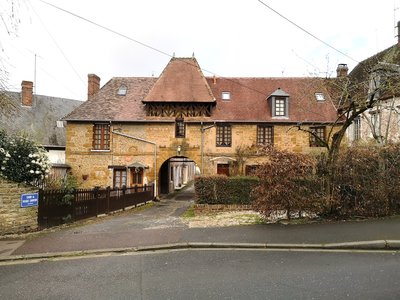
1 Cours du Vieux Couvent, 61120 Vimoutiers - Amis de saint Colomban TouristFormer Convent of the Benedictine nuns at Vimoutiers
The Benedictine nuns lived here from 1650 to the Revolution. The half-timbered pavilion, however, predates the arrival of the nuns by almost a century. It seems that this building was, in its early days, an aristocratic residence and at the same time a defensive element of the town. Its loopholes and its location at a street entrance seem to indicate that it was a fortified residence whose role was to defend the entrance to the town. The house is made up of two adjoining buildings. The oldest part dates from the end of the 16th century.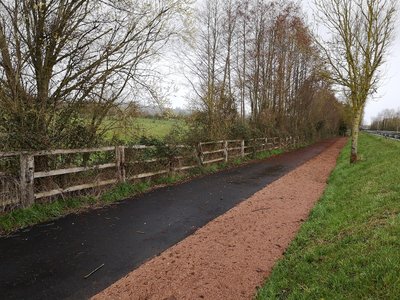
La Via Columbani emprunte une voie verte créée en 2019 - Amis de saint Colomban PanoramicVia Columbani on a new Greenway in 2019
This track corresponds to the old railway line, set up in 1881, which ceased to be used after the closure of Livarot station in 1989.
The greenway was created in 2019 with two separate surfaces, one for bicycles and one for pedestrians.
Église Saint-Ouen de Livarot - Amis de saint Colomban TouristSaint-Ouen Church of Livarot
The oldest parts of the church date back to the 15th century and were extensively rebuilt in the 19th century. The original construction of the church consisted of a chancel and a rather narrow nave without aisles; the tower dates from the same period, as does most of the western façade.
In the 16th century the church was considerably enlarged or rather almost completely rebuilt.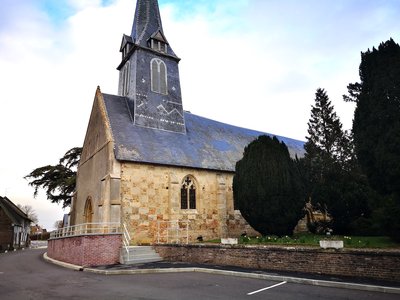
Église Saint-André du Mesnil-Durand - Amis de saint Colomban TouristSaint-André Church in Mesnil-Durand
The church dates from two distinct periods: the end of the 13th century for the construction of the nave, and the Romanesque period for the choir. The choir, which is narrower than the nave, is pierced by two windows (probably in the 15th and 16th centuries), in a symmetrical manner. On the south side of the choir is a portal decorated with a zigzag archivolt and carved columns, also from the 12th century.
Église Saint-Désir à Lisieux - Amis saint Colomban TouristSaint-Désir Church, in Lisieux
The original parish church, as well as the convent Notre-Dame-du-Pré which was affiliated to it, were completely destroyed by the bombings of 1944. In 1946, the rubble was cleared away, but it took another ten years before the church was rebuilt. Robert Camelot, chief architect for the reconstruction of Lisieux, was in charge of the work, which took place between 1956 and 1962. Unlike the classical churches, the architecture is considered to be one of the most remarkable achievements of the Reconstruction.
Cathédrale St-Pierre à Lisieux - Association Colomban en Brie TouristCathedral Saint-Pierre in Lisieux
Rare monument of Lisieux, survivor of the bombings of 1944, the cathedral Saint-Pierre de Lisieux is a monument of Gothic style. If the presence of a cathedral is supposed since the 6th century, the church visible today was certainly built between 1160 and 1230.
Like many Norman churches, the external decoration of the cathedral of Lisieux is sober. For example, there are no sculpted statues on the facades of the portals. Only geometrical patterns, foliage, small columns or arcatures animate the stone. Small sculpted faces are the only fantasy elements on the outside.
The cathedral should not be confused with the Basilica of Saint Theresa of Lisieux, which is a 20th century basilica inspired by the Byzantine style.
More information Wikipedia
Description
In front of the Notre-Dame church on the right cross the river La Vie, avenue du Général de Gaulle, on the left avenue du Maréchal Lyautey D 979, turn right avenue du Maréchal Lyautey D 16, at the stop sign on the right D 16, on the left towards Les Monceaux.
- After the Maison de Retraite on chemin du Pays d'Auge, an old railway line, cross the D 179, pass between the cider factories at Sainte-Foy-de-Montgomery, walk on the Voie Verte parallel to the D 579 at Livaroy, walk along the D 579, after the traffic lights on the left, take a small bridge and continue right on Voie Verte.
- Turn right at the crossroads with D 273 in front of the water treatment plant, left at the cemetery, pass in front of the church of Le Mesnil-Durand D 47, right chemin de la Fromagerie, right at the crossroads with D 103, first road on the left chemin Le Friche Menuet,
- At the crow's-foot on the left the Petit Bois, on the right at the crossroads of 4 roads, turn left on the stone path Chemin de la Clapette, on the left at the stop sign with D 136,
- In the hamlet on the right D 136A pass in front of the church stay on the right, cross D 182, at the entrance in the wood on the right dirt road
- At the crossroads with D 182 on the left on D 182 chemin d'Assemont, take the bridge to cross D 613, stay on chemin d'Assemont until Lisieux.
- On the right, avenue du 6 Juin, straight ahead on two roundabouts, rue Henri Chéron, you arrive on the square in front of the cathedral.
- Departure : Notre-Dame Church, 1 avenue du Général-de-Gaulle, 61 120 Vimoutiers
- Arrival : Saint-Pierre Cathedral, place François Mitterrand, 14100 Lisieux
- Towns crossed : Normandie
Altimetric profile
Report a problem or an error
If you have found an error on this page or if you have noticed any problems during your hike, please report them to us here:








